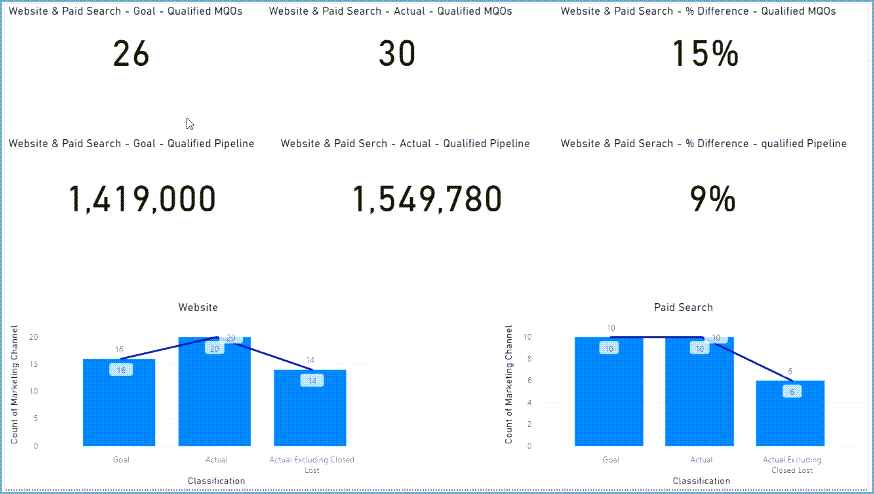

- #Microsoft dynamics rms request manual account data how to
- #Microsoft dynamics rms request manual account data portable
- #Microsoft dynamics rms request manual account data code
#Microsoft dynamics rms request manual account data code
#Microsoft dynamics rms request manual account data portable
We will create a plug-in in the C# Class library, you can also use a portable class library.A lookup field is created as a relationship field.For the scope of this article, I assume that you are familiar with C# OOP concepts and C# projects. If you create a lookup field in an entity form, the relationship is automatically generated. You can create a lookup field using an entity relationship that has already been created, but not yet used with another lookup field. You can also specify the behavior as User Local, Date Only and Time-Zone Independent. This field is used to store date-related data in CRM with two supported formats: Date Only, and Date and Time. You can set the maximum number of characters for this field. You can also specify the Precision as Pricing Decimal, Currency Precision or any value between 0 to 4. You can set the minimum and maximum values too. This field stores the floating point numbers up to 5 decimal points of precision between 0.00 and 1,000,000,000.00. It supports the specifying formats as None, Duration, Time Zone, and Language. When an entity has an image field, it can be configured to display the image for the record in the application. In other words, it is a radio button field. This field provides two options for the user to select (0 or 1). You can also define Global Option Sets which can be used across multiple forms. In other words, it is a dropdown field in CRM. This field stores a set of options each having a number value and label. You can set the maximum length and IME mode for each of these. You can also specify the format as one of these: Email, Text, Text Area, URL, Ticker Symbol, and Phone.

This field stores up to 4000 characters of text. The following table lists each with a brief description. Out-of-the-box, CRM provides 11 types of data fields that can be placed on forms −


#Microsoft dynamics rms request manual account data how to
Before you learn how to add custom fields to CRM forms, let us take a look at what type of data fields are supported by CRM.


 0 kommentar(er)
0 kommentar(er)
